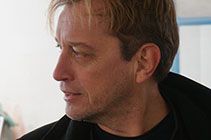
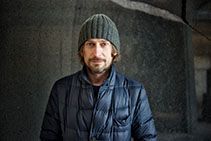

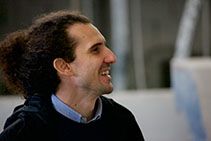


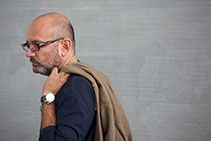
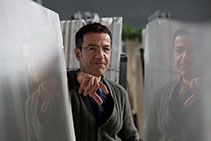

Sarah Adinolfi (Salerno,
1975), Francesco Dell’Aglio
(Napoli, 1974).Architects and PhD in Industrial Design, they had independent experiences abroad until 2011, when they founded together the Studio AAIDO MA in Naples. The acronym (A stands for architects, AI for Adinolfi, DO for Dell’Aglio) includes the sound of the Japanese ideogram MA. It represents the space between two structural parts and it is recognizable in their designing style, that carefully aims at filling the gap produced in the definition of an idea. In the movement which stems from the concept and goes through different production stages until it reaches the final user, their interior or product design projects are defined through new values that interact with the environment and people, creating unexpected atmospheres and effects.
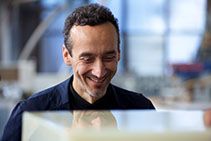











 Showroom | Via Riviera di Chiaia 252 - Napoli | Ph +39 081408998
Showroom | Via Riviera di Chiaia 252 - Napoli | Ph +39 081408998
 Photo G.Del Mauro
Photo G.Del Mauro